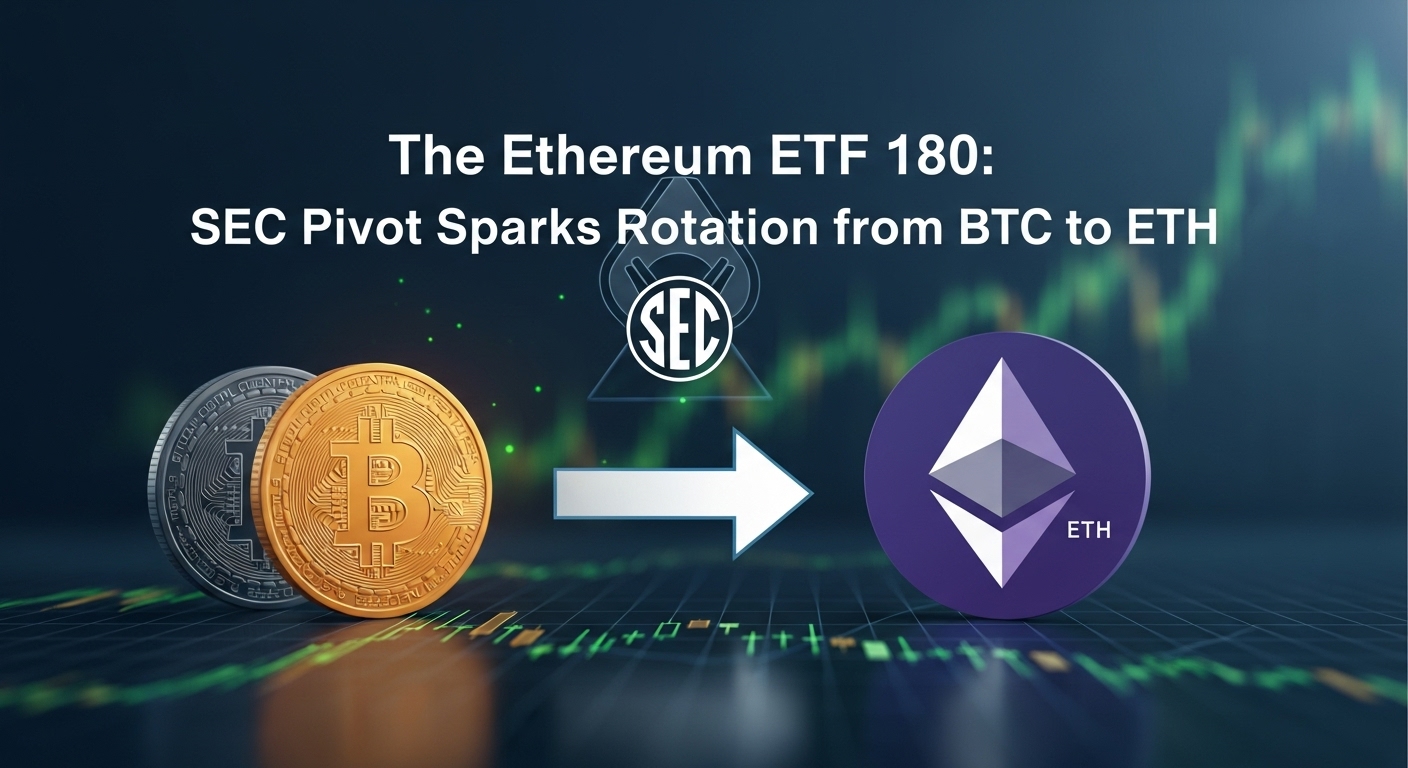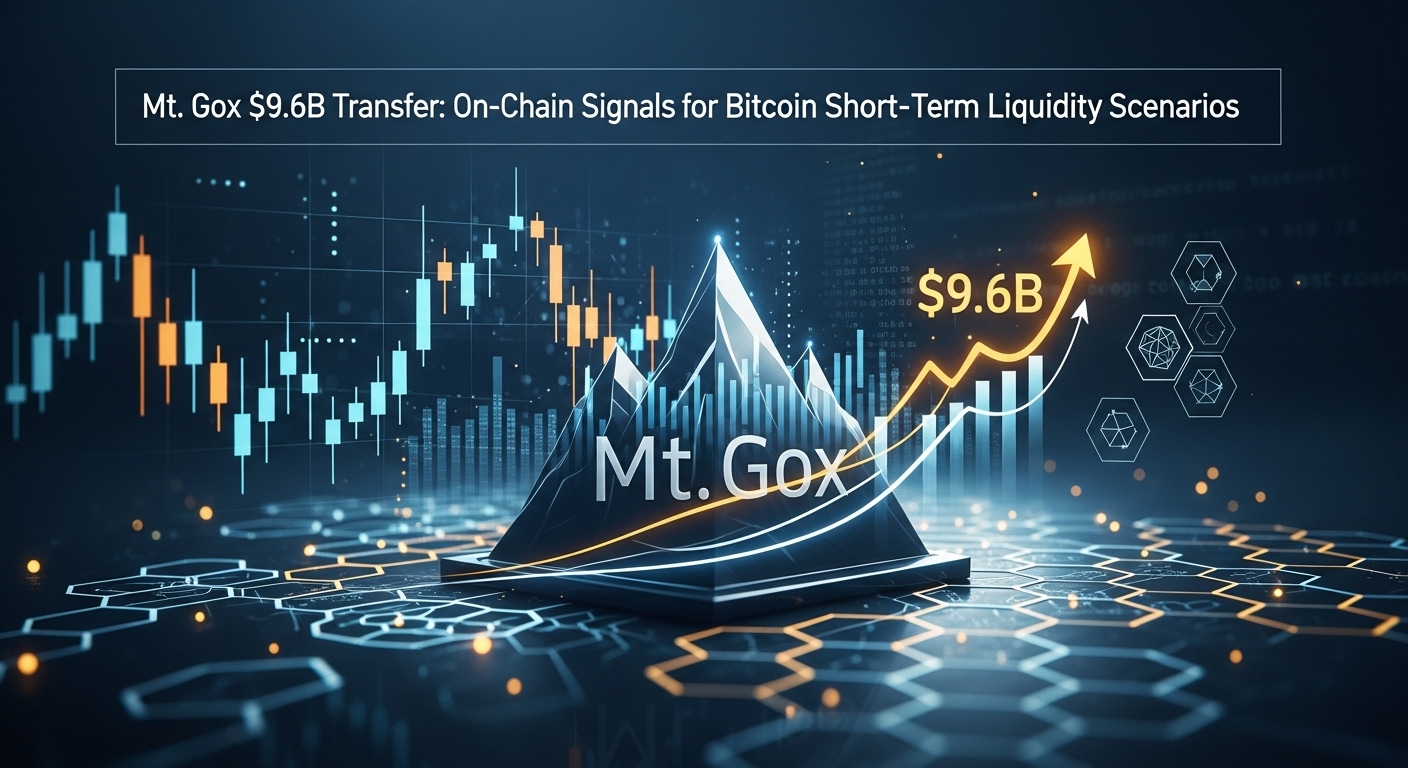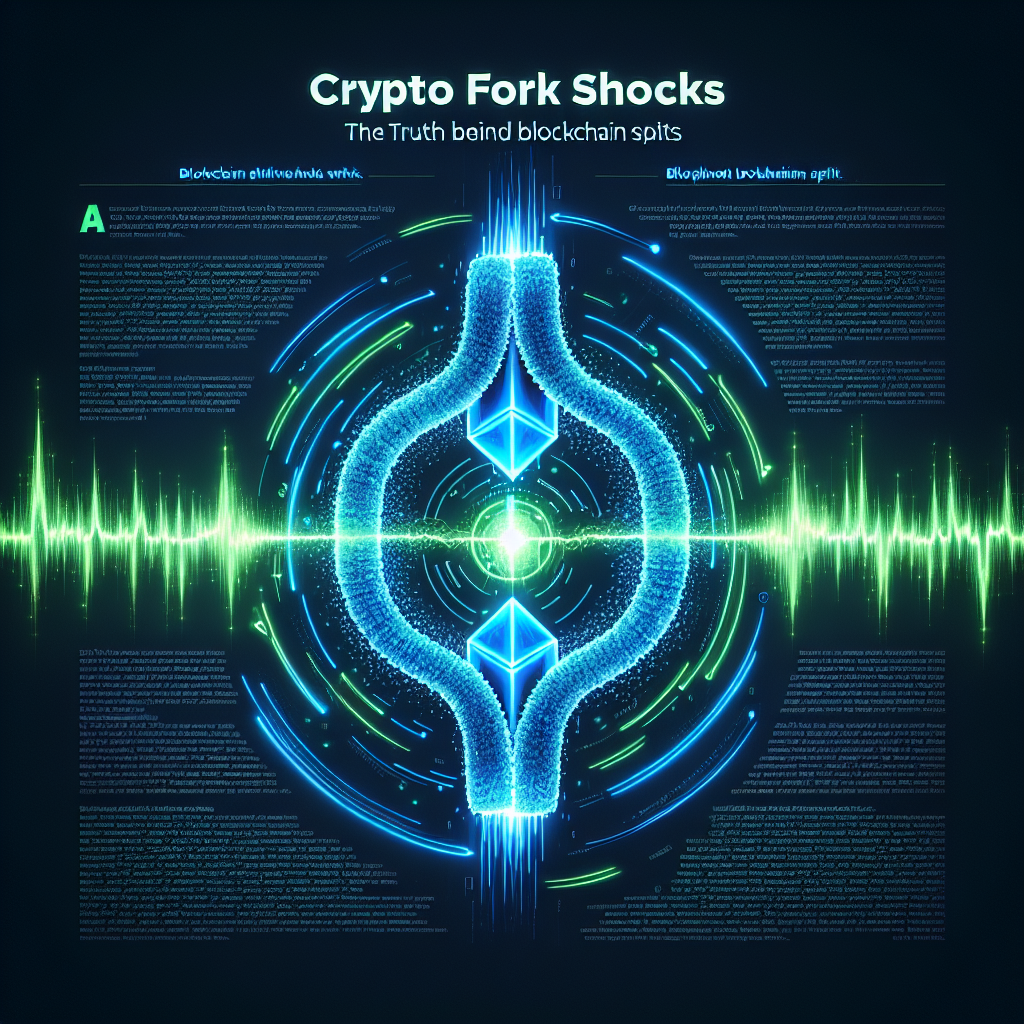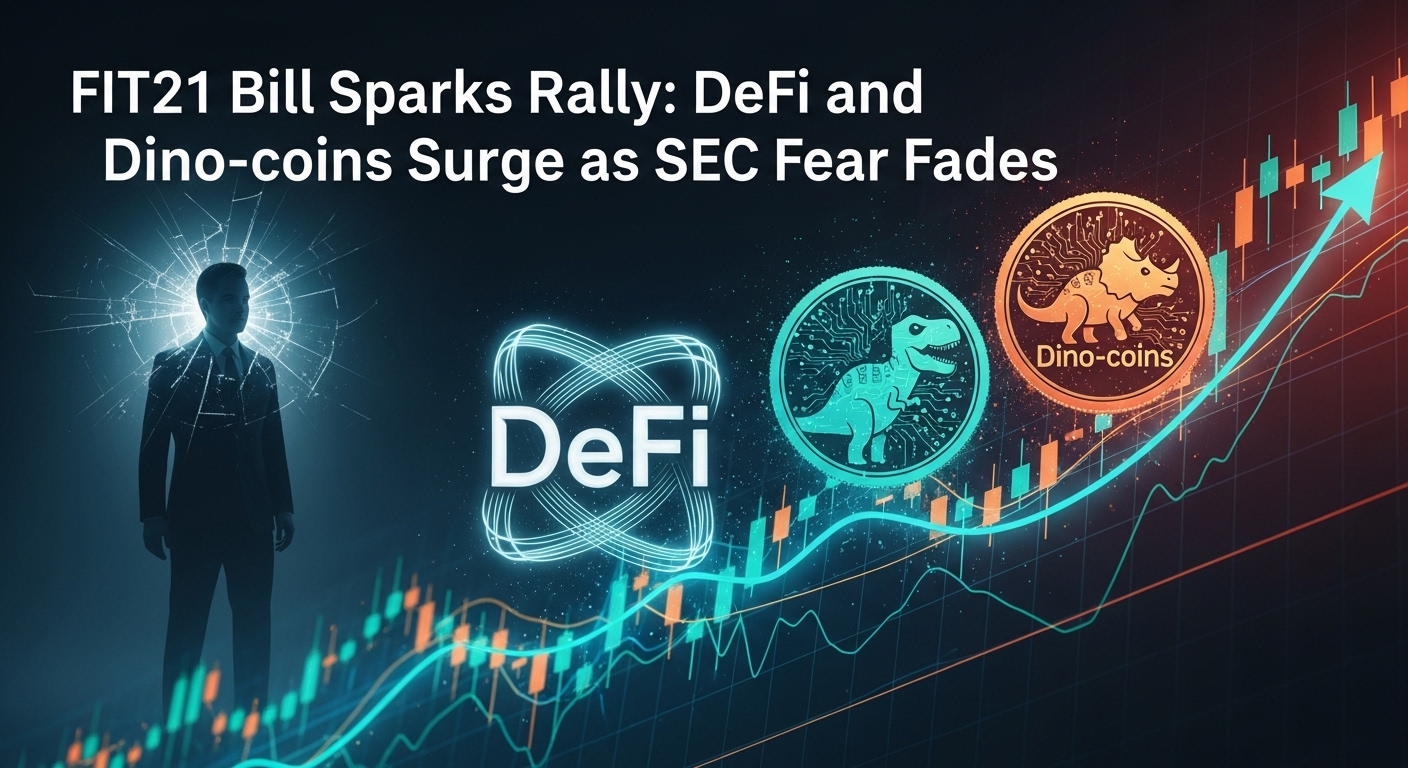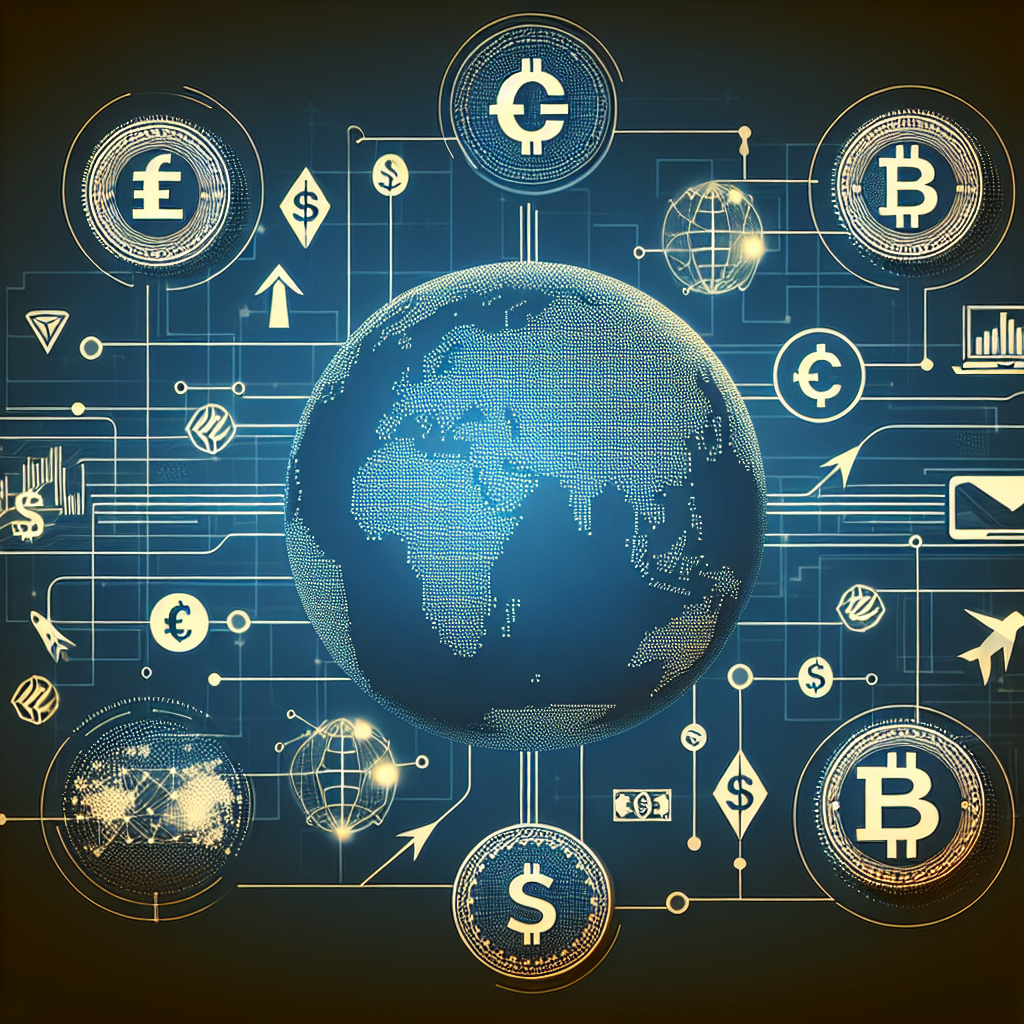Welcome to Crypto Briefs, your guide to navigating the exciting world of blockchain and decentralized technologies. Today, we're diving deep into some of the most transformative concepts shaping the future of the internet and beyond: Blockchain, Web3, and the fascinating emergence of DePIN. These terms might sound complex, but by the end of this post, you'll have a solid understanding of how they fit together to build a more decentralized, user-centric world.
Understanding Blockchain: The Foundation
Before we can explore Web3 or DePIN, it's crucial to grasp the bedrock technology: blockchain. At its core, a blockchain is a special type of database, or more accurately, a distributed ledger. Imagine a digital record book where every new entry (a "block") is securely linked to the previous one, forming a "chain."
Here's why it's revolutionary:
- Decentralization: Unlike traditional databases controlled by a single entity (like a bank or a social media company), a blockchain is maintained by a network of computers worldwide. No single person or organization owns or controls the entire ledger.
- Immutability: Once a transaction or piece of data is recorded on the blockchain, it's incredibly difficult, if not impossible, to alter or delete it. This creates an unchangeable and verifiable history of all activities.
- Transparency: While individual identities can remain anonymous (or pseudonymous), all transactions on a public blockchain are visible to anyone on the network. This fosters trust and accountability.
- Security: The cryptographic linking of blocks and the distributed nature of the network make blockchains highly secure against fraud and tampering.
Think of it like a public, tamper-proof notary that never sleeps and is accessible to everyone. This fundamental shift from centralized control to decentralized, verifiable trust is what powers the next generation of the internet.
Stepping into Web3: The Decentralized Internet
For years, we've been living in the era of Web2. This is the internet we know today, dominated by large technology companies like Google, Facebook, and Amazon. While Web2 brought us social media, streaming, and countless convenient services, it also led to:
- Centralization of Data: Our personal data is often stored and controlled by these corporations.
- Monopolies: A few companies hold immense power over information, commerce, and communication.
- Lack of Ownership: Users don't truly "own" their digital assets or content; they merely use a service.
Web3 is envisioned as the next evolutionary stage of the internet, built on the principles of decentralization, user ownership, and openness. It aims to return control to the users, rather than corporations.
Key characteristics of Web3 include:
- Decentralization: Powered by blockchain technology, Web3 applications (often called "dApps" or decentralized applications) run on peer-to-peer networks, reducing reliance on central servers.
- User Ownership: Through concepts like digital wallets and non-fungible tokens (NFTs), users can truly own their digital assets, identity, and data.
- Permissionless: Anyone can participate in Web3 networks without needing permission from a central authority.
- Trustless: Interactions can occur directly between users without the need for an intermediary, as trust is established cryptographically by the blockchain.
In Web3, instead of just being a consumer of content or a product, you become a participant, a co-owner, and a direct beneficiary of the networks you use. Blockchain provides the immutable ledger and secure transaction layer that makes this vision possible, enabling new forms of digital identity, finance (DeFi), and governance (DAOs).
Introducing DePIN: Decentralizing the Physical World
While Web3 focuses on decentralizing digital interactions, DePIN takes this concept a step further by applying blockchain principles to the real world. DePIN stands for Decentralized Physical Infrastructure Networks.
Imagine the vast networks that power our daily lives: wireless internet, energy grids, data storage, logistics, and even weather stations. Traditionally, these are built, maintained, and owned by large, centralized corporations or governments. This often leads to:
- High Costs: Building and maintaining infrastructure is expensive, passed on to consumers.
- Monopolies: Limited competition can lead to poor service or lack of innovation.
- Lack of Resilience: Centralized points of failure can make systems vulnerable.
- Data Control: Companies control the data generated by these networks.
DePIN offers a radical alternative. It leverages blockchain technology and cryptocurrency incentives to encourage individuals and communities to build, maintain, and operate real-world physical infrastructure networks in a decentralized manner.
Here's how DePIN typically works:
- Hardware Deployment: Individuals or small groups purchase and deploy specialized hardware devices (e.g., Wi-Fi hotspots, sensors, charging stations).
- Data Generation/Service Provision: These devices then provide a service (like internet connectivity, energy, or data collection) to others in the network.
- Token Rewards: In exchange for their contribution to the network (e.g., providing reliable internet coverage, collecting accurate data, or sharing storage space), participants are rewarded with cryptocurrency tokens.
- Community Governance: The network can be governed by its token holders, allowing for decentralized decision-making on its future development.
The core idea is to crowdsource the development and operation of infrastructure, turning passive consumers into active, incentivized contributors. This can lead to more robust, cost-effective, and community-owned networks.
Examples of DePIN in Action
DePIN is a rapidly growing sector, with applications emerging across various industries:
- Wireless Networks: Projects like Helium (HNT) incentivize individuals to deploy LoRaWAN hotspots, creating decentralized wireless coverage for IoT devices. By hosting a Helium hotspot, you earn HNT tokens for providing connectivity.
- Decentralized Storage: While often thought of as purely digital, projects like Filecoin (FIL) and Arweave (AR) create decentralized storage networks where individuals contribute their unused hard drive space to store data for others. This forms a robust and censorship-resistant infrastructure layer.
- Energy Grids: Projects are exploring how blockchain can incentivize individuals with solar panels to share excess energy with their neighbors, creating more resilient and localized microgrids.
- Mapping and Data Collection: Hivemapper (HONEY) is building a decentralized global mapping network. Drivers with dashcams contribute street-level imagery and earn HONEY tokens, creating a community-owned, frequently updated map.
- Decentralized Compute: Networks that allow users to rent out their spare computing power for tasks like AI training or rendering.
These examples highlight how DePIN transforms passive users into active participants, contributing to and benefiting from the very infrastructure they use.
The Synergistic Relationship: Blockchain, Web3, and DePIN
It's clear that Blockchain, Web3, and DePIN are not isolated concepts, but rather interconnected layers building upon each other:
- Blockchain is the foundational technology: It provides the immutable ledger, cryptographic security, and transparent transaction layer necessary for Web3 and DePIN to exist. Without blockchain, the trustless and permissionless nature of these new systems wouldn't be possible.
- Web3 is the broader vision: It's the decentralized internet where users have ownership and control. DePIN is a crucial component of this vision, extending decentralization from the digital realm into the physical world. It's about building the physical backbone for a truly decentralized Web3.
- DePIN is the practical application of Web3 principles to physical infrastructure: It leverages blockchain's incentive mechanisms (tokens) to align the interests of network providers and users, fostering the growth of essential services in an open, community-driven way.
Together, these technologies promise to reshape industries, empower individuals, and create a more equitable and efficient global infrastructure.
Challenges and the Road Ahead
While the potential of DePIN is immense, it's still a nascent field facing several challenges:
- Scalability: Handling the vast amount of data and transactions generated by physical networks requires highly scalable blockchain solutions.
- Adoption: Convincing mainstream users and businesses to adopt decentralized infrastructure will take time and significant education.
- Hardware Costs: The initial investment in specialist hardware can be a barrier for some individuals.
- Regulatory Clarity: The regulatory landscape for decentralized networks and token economics is still evolving.
- Quality of Service: Ensuring consistent and reliable service quality across a decentralized, crowd-sourced network can be complex.
Despite these hurdles, the momentum behind DePIN is undeniable. As blockchain technology matures and Web3 gains broader acceptance, DePIN projects are poised to deliver real-world utility, democratizing access to essential services and creating new economic opportunities for individuals worldwide.
Conclusion
The journey from centralized Web2 to a decentralized Web3 future, powered by blockchain, is well underway. DePIN represents a critical frontier in this evolution, demonstrating how the principles of decentralization can be applied to build and maintain the physical infrastructure that underpins our lives. By understanding Blockchain, Web3, and DePIN, you're not just learning about new technologies; you're gaining insight into the building blocks of a more open, resilient, and user-owned world. Keep an eye on this space — the future is being built, one decentralized network at a time.



